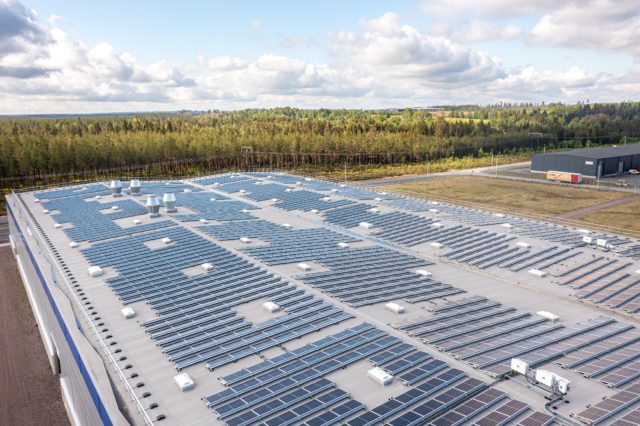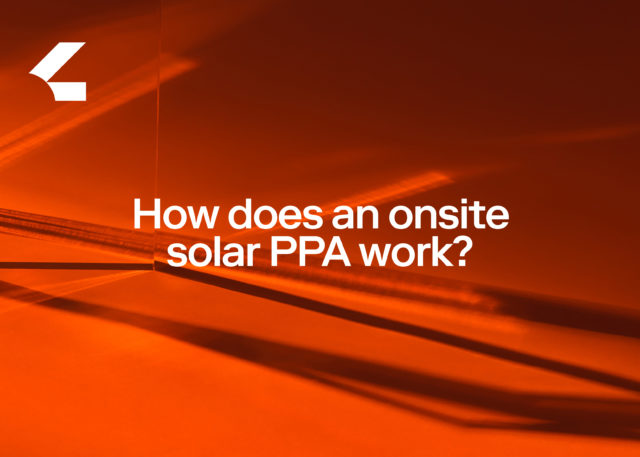Can you sign onsite solar PPAs in all European countries?
The short answer is yes, but it’s not that simple. PPAs will look different depending on the country and legal landscape as well as customer preferences.
In most countries, you can use a standardized PPA setup where the PPA provider owns the system and the customer pays per kWh produced. The UK, for example, is a mature onsite solar PPA market where most contractual setups are viable. On the other end of the spectrum, for example, we have Poland, where a third party cannot sell directly behind the grid to a corporate customer through a PPA. Instead agreements are structured as an operating lease with fixed pricing. In the middle of the spectrum, there’s Spain, where an operating lease structure closely mimics a PPA setup for a self-consumption project.
No matter what, there are alternative contractual setups available that can mirror the PPA terms without necessarily classifying it as a PPA. Let’s have a closer look at these alternative setups.
Spain setup — An operating lease that mirrors a PPA
In Spain, the Real Decreto Autoconsumo refers to a legal framework that regulates self-consumption of renewable energy. It was enacted to promote the generation and use of clean energy by individuals, businesses and communities, allowing them to produce their own electricity and consume it onsite.
Essentially, Real Decreto Autoconsumo states that the producer and the consumer must be the same entity in order to maximize the benefits of onsite solar. But as we know, this is basically the opposite of how a power purchase agreement is set up, and as a result, it makes a PPA an inefficient option.
Luckily, there’s another way. For businesses that want to consume energy produced on their own site, but still want to procure a solar provider to manage the design, construction, financing and operations for them, it’s common to sign an operating lease that mirrors a PPA.
“In this setup, the solar provider legally leases the assets to the customer and the customer in turn hires the solar provider to operate it,” says Samuel Benelbas, Head of Onsite PPA Structuring at Alight. “In this way, the customer still pays per kilowatt hour of energy produced and the solar provider still retains most of the risks.”
Poland setup — An operating lease with fixed pricing, plus regulatory tailwinds
Existing Polish legislation dictates that a third party can’t sell onsite generated electricity to an offtaker. This makes the business case highly unattractive, as the company basically needs to sell electricity to the grid and buy it back, and ultimately undermines the notion of behind-the-meter self-consumption.
To work in this legislation, many companies opt for a fixed operating lease in which there is a set price paid for energy each month. In such a setup, there is a lot of flexibility and agreements can be tailored to, for example, mimic solar patterns, allowing a company to pay more in the summer when the sun is shining and less in the darker winter months. This protects customers from volatility and helps them to hedge costs a bit better. This setup is often also combined with performance guarantees to make sure that volume risk is not on the buyer, as it would be in a typical lease. The key difference to a traditional onsite PPA is that the rent cannot be linked to solar production.
Beyond contractual setups, permitting processes for onsite solar in Poland may seem complex, but changes in regulatory processes are making it easier to implement. For example, for near-site installations, a new provision came into force earlier this year that states that a localization decision is not required.This means that from a permit perspective, you generally just need the DSO approval plus a building permit for rooftop installations. Benelbas estimates that this, on average, shortens the permitting period by 3 months. The DSO still has up to 150 days to give the approval, so in the worst case it can still be a lengthy process, but it can be considerably shorter.
Proposed regulation is also opening up for private wire connections. For renewable energy installations below 2 MW, the proposed legislation is only requiring a notification to the energy regulatory office and to the DSO. There are no restrictions regarding how long the private wire can be, yet Benelbas predicts that it will not be allowed to install private wires to assets that are already operating, though unclear in the draft today.
Taking a multinational approach
The local nuances and contractual setups might sound complex, but at the end of the day, the associated costs, risks and benefits are similar.
For a company that wants to consume the energy generated on its own site, behind the meter and without risk or hassle, a local solar provider can guide you through the structural setup of the agreement.
However, a multinational company wanting to roll out onsite solar backed by PPAs across multiple markets should partner with an international provider that can batch the contracts.



